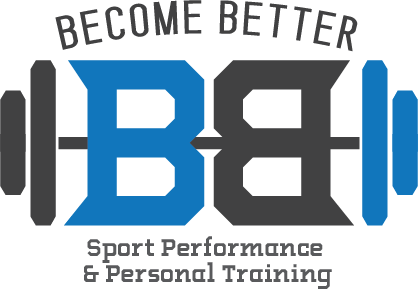Now let’s go more in depth on SMART goals and how to set them. SMART stands for Specific, Measurable, Achievable, Realistic, and Timely. We will use two example goals, one aimed towards strength improvement and the other aimed towards weight loss since these are both common goals.
Specific
In order for your goal to be a good one, it must be as specific as possible. The more general a goal is, the harder it is to measure progress. Here are some examples of good specific goals:
“I want to take my bodyweight from 250lbs to 220lbs”
“I want to deadlift 400lbs”
Consider if the goals above were only to “lose weight” and “get stronger”. These would not be specific goals, because you are not being clear about how much weight you want to lose or how much stronger you want to get.
Measurable
Goals should also be measurable. The goals listed above are both measurable because we can measure weight loss on the scale and strength gain on the barbell. When you lose weight, the number on the scale will go down and when you get stronger, the barbell will be heavier.
“I want to look better” is an immeasurable goal.
This is a bad goal because it is qualitative, not quantitative. There is no unit that can be used to directly assess improvements in your appearance. You can still use this as a goal, but it shouldn’t be the only thing you think about when it comes to goals.
Achievable/Realistic
These two go hand in hand. It is important to set goals that are challenging, but not unreasonable in order to keep motivation to train high.
For example, if you are an 80-year-old woman and your goal is to deadlift 400lbs, this is most likely an unrealistic goal that is not achievable seeing as that would be a huge world record.
It is important that you have a conversation about your goals with your trainer in order to assure they are not too easy but not unachievable. Good trainers will be able to properly help you set realistic goals.
Timely
Putting a deadline on your goals is often good for motivation. Using our examples above, we can make them timely like this:
“I’d like to lose 30lbs by the end of the year.”
“I want to deadlift 400lbs by my 40th birthday”
Making your goals timely makes it much easier to give 100% effort or go to the gym even on days where you aren’t feeling your best. If you don’t put a time frame on it, then you continue to procrastinate about reaching those goals.
Hopefully this article has convinced you of why you should have your goals in mind when you are working out. Remember, it is much easier to get motivated to push yourself in the gym, not miss sessions, and make good decisions outside of the gym when you’re focused on TRAINING rather than simply EXERCISING. Feel free to reach out to Dan, Joey, or myself if you have any questions about goal setting, training, or exercising. We are happy to help!
-Nike Aston

